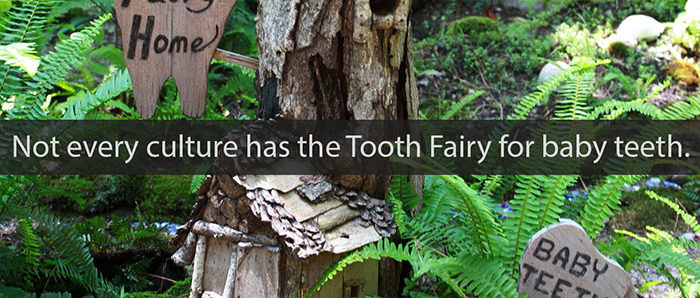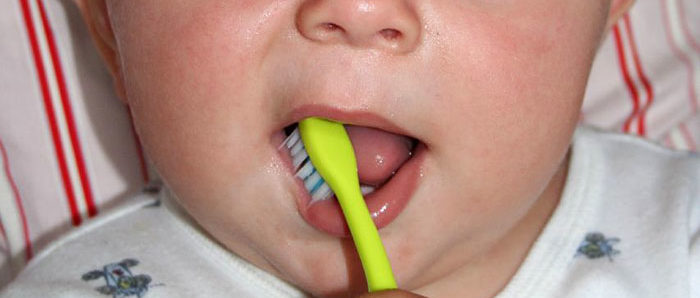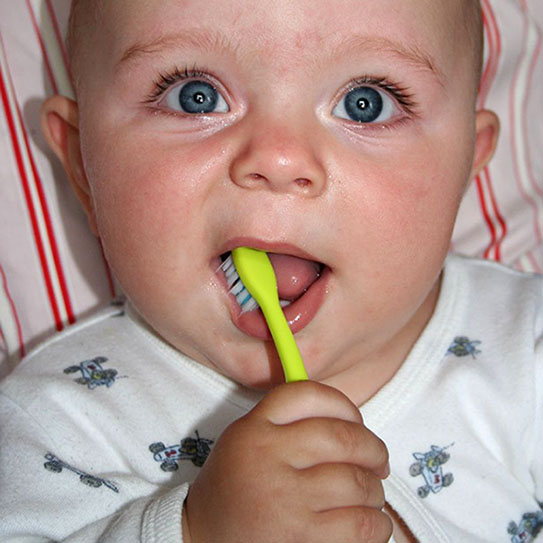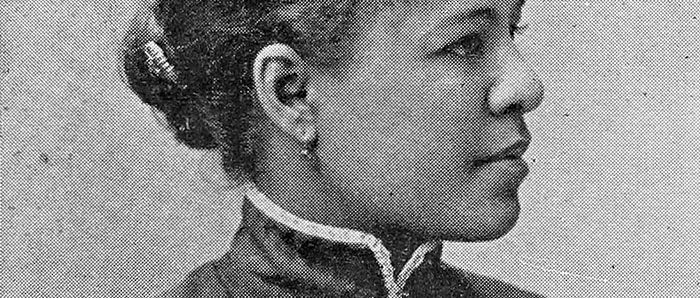
IF YOU’RE SHORT on fun topics of conversation for your next party, might we interest you in some weird mouth trivia? We’re sure you’ll be able to impress your friends.
1. The Bumps on Newly Erupted Adult Teeth Have a Name
You might remember what it was like when your adult front teeth came in and they had bumps on the ends of the chewing surfaces. If not, maybe you’ve seen those bumps on your child’s teeth. Well, those bumps are completely normal and they are called mamelons. The theory about why we have them is that they help the teeth erupt from the gums, and in most cases, they will wear away over time from chewing.
2. Our Sense of Taste Relies on Spit
None of the ten thousand taste buds we have on our tongues would be any use if it wasn’t for our saliva. That’s because we don’t taste the food molecules on their own; they have to be dissolved in our spit before the receptors on our taste buds can detect them.
3. More on Those Taste Buds
Most people assume that the visible bumps on our tongues are taste buds. Those bumps are called lingual papillae and they contain many taste buds each. Individual taste buds are too small to see with the naked eye. Lingual papillae come in four different types: filiform, fungiform, foliate, and vallate. They serve slightly different purposes, but all types except for the fungiform ones contain taste buds.
Tying this back to oral health, the difficulty with the bumps on our tongues is that they make a rough texture where bacteria love to hide. When we let it build up, it can give us a lingering bad taste in our mouth and make our breath very sour. What’s more, it can actually dull our sense of taste! This is why it’s so important to clean our tongues every day, and the best tool for the job is a tongue-scraper, not just a quick scrub with your toothbrush.
4. Guess Which Group of Muscles Doesn’t Need Bones to Move
The tongue! It’s the only muscle group we have that doesn’t rely on the skeleton to move, and it has an amazing range of motion. The tongue can curl, uncurl, lengthen, shorten, and some people can even roll theirs. If it couldn’t do all of this, we’d have trouble eating and speaking! The tongue is composed of eight muscles, four of which are intrinsic (the ones that form the tongue itself) and four of which are extrinsic (the ones that attach the tongue to the throat and mouth).
5. The Incredible Stamina of the Tongue
There’s a myth that the tongue is the strongest muscle in the body, and while that one isn’t true, the tongue does have incredible stamina. It has many built-in redundancy systems thanks to being made up of eight different muscles working together, so it doesn’t really get tired after a workout.
6. Our Adult Teeth Start Developing Before We’re Born
As early as six weeks into the development of a fetus, the baby teeth begin developing, and it only takes another six weeks before the adult teeth follow suit. It takes many more months for the baby teeth to finish forming under the gums and years for the adult teeth to become fully formed, but isn’t it wild how early that process starts?
Share Your Weird Mouth Trivia With Us!
As dental health professionals, we love mouth facts, even if that’s not always the most popular trivia category at parties. We’d love to hear any weird mouth facts that you know the next time you come in for a dental exam!



















